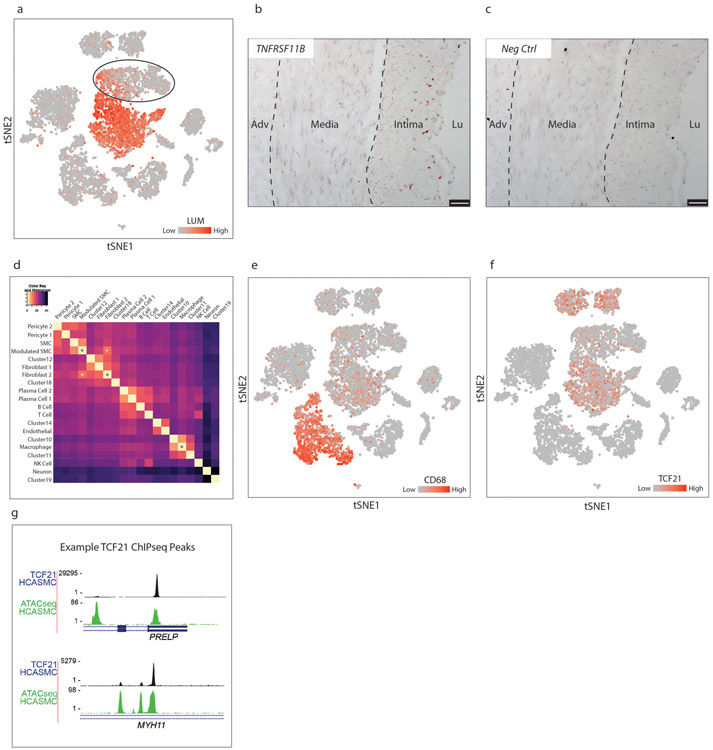Extended Data Figure 5. Joint clustering approach identifies human phenotypically modulated SMCs.
(a) Joint clustering of mouse and human datasets using canonical correlation analysis (CCA) as per the Seurat package. (b) The shared mouse/human cluster containing bona fide SMC lineage-traced, phenotypically modulated SMCs (fibromyocytes) from the mouse is highlighted in red. (c) Mouse cells in the shared mouse/human fibromyocyte cluster in (b) are highlighted in the independently-clustered mouse dataset, confirming their location within the known fibromyocyte cell cluster. (d) Human cells in the shared mouse/human fibromyocyte cluster in (b) are highlighted in the independently-clustered human dataset, illustrating their location predominantly in the “Fibromyocyte” cluster (also shown in brown in Fig. 4d). (e) All joint mouse/human clusters in (a) were mapped back to the human dataset. Agreement is identified in cell type assignment between the joint clustering approach and the independently-clustered human dataset.

